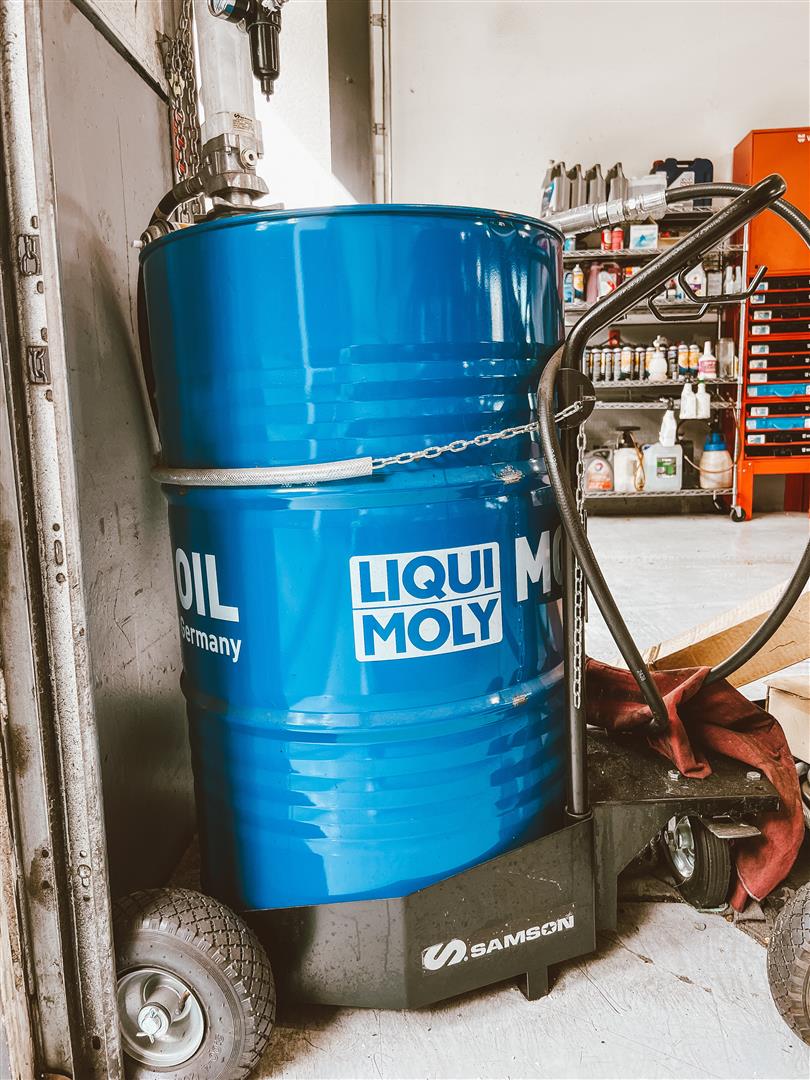Posted on 10/18/2024

Let’s talk about something super important—your car’s oil change. Funny how the most critical fluid in your car is the one people often overlook or try to skimp on, right? But here’s the thing: your engine is the heart of your car, and it's definitely not cheap to replace or repair. Oil is what keeps your engine running smoothly, preventing friction and wear on all those moving parts. When you let your oil get dirty or run low, you’re putting your engine at serious risk. It’s like asking your car to run a marathon without water—eventually, it’s going to break down. So, show your car a little love. Keeping up with regular oil changes is one of the simplest and most affordable ways to protect your engine and avoid costly repairs down the road. Don’t cut corners here—invest in good quality oil, stick to the recommended schedule, and your car will thank you with smoother rides and a longer life. At Foreign Autohaus ... read more
Posted on 8/27/2018
The lifeblood of your engine. If possible, check your oil level in the morning before you start your vehicle. Pull out the dipstick and wipe clean with a lint free cloth or paper towel. Reinsert the dipstick, remove and look at the markings on the dipstick to determine your oil level. If required, add additional oil to your crankcase. If you find you are frequently adding oil, consult your service technician as to the cause. A milky color or strong gasoline odor are additional signs of trouble. Consult your owner's manual for the location of the dipstick and oil fill location. Also check your owner's manual for the correct type, viscosity (thickness), and specification of oil to be used. Some manufacturers are very specific on motor oil
Posted on 7/19/2018
The transmission fluid level must be checked with the engine running, in neutral, after the transmission is warmed to operating termperature. The color should be transparent red or pink, sometimes clear or amber. If the fluid is dark brown, or smells burnt or toasted, have it checked immediately. Please note, some newer vehicles no longer provide a dipstick for checking transmission fluid levels. Please consult your owners manual
Posted on 6/17/2018
Typically checked by utilizing the small dipstick typically molded to the bottom of the power steering fluid cap. You should not have to add fluid. If you do, especially on a frequent basis, there is a leak in the system. Our technicians will be able to advise you where the leak is coming from and recommend the appropriate fix. Several types of power steering fluids are used by the various manufacturers, so please consult your owner's manual to ensure the proper fluid is added
Posted on 5/22/2018
This translucent reservoir is typically found near the firewall on the driver side of the vehicle. This is the fluid that creates the pressure to operate your braking system. The fluid level will gradually decrease as the brake pads wear. The fluid should be light amber in color. Dark fluid is an indication the fluid has reached the end of its useful life and should be replaced before causing damage to the other hydraulic components in the system. Most manufacturers recommend the complete change of fluid on a time-based schedule, typically every two years
Posted on 4/14/2018
The radiator cap should only be removed when the engine and cap are cool to the touch. Coolant expansion tanks are usually translucent and have clearly marked minimum and maximum levels (sometimes cold and hot markings). Having to continually add coolant is an indication of a more serious problem that should be diagnosed and repaired. Be advised, the use of generic "green" coolant may not meet the specifications of your vehicle. There is a wide array of coolants, specified by each manufacturer for their vehicles. Should your vehicle require an addition of coolant, please verify in your owner's manual you are using the correct fluid for your vehicle
Posted on 3/19/2018
Using actual windshield washer fluid is important as plain water won't be able to cut through the dirt, grime, and bugs effectively, leaving a smeared mess, which can be dangerous. Typically there is a translucent container to hold the washer fluid. Don' get it confused with the coolant container, which may look similar. If in doubt, check your owner's manual for the proper location. Fill the container with the appropriate washer fluid to the full mark. In climates that experience wide temperature changes season to season, make sure to use a washer fluid with anti-freeze properties during the winter months to ensure your washer system continues to function